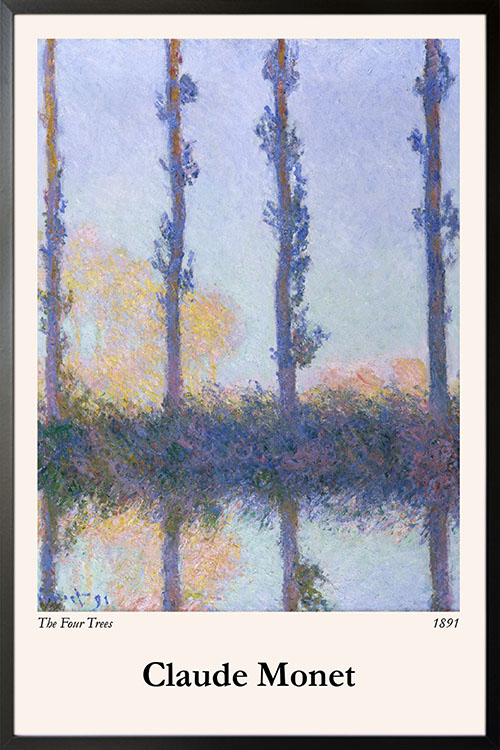
This was one of the series of paintings of Claude Monet that features the row of poplars along the Epte River. Monet oftentimes visited the place to capture the landscape in various time of the day and weather conditions.

This was one of the series of paintings of Claude Monet that features the row of poplars along the Epte River. Monet oftentimes visited the place to capture the landscape in various time of the day and weather conditions.
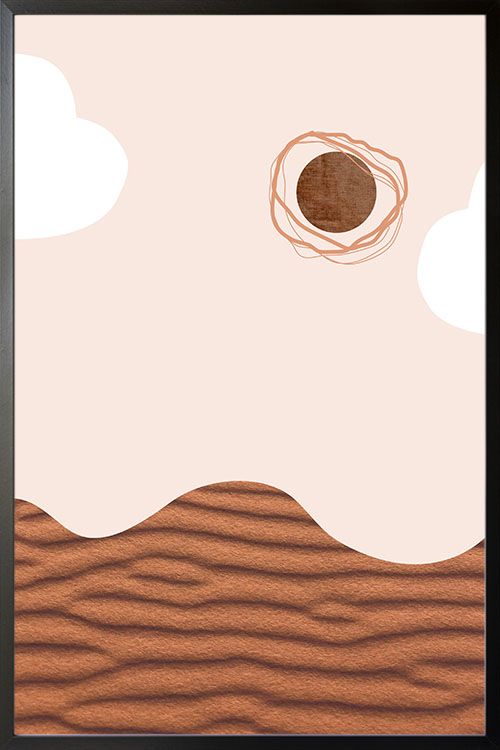
A unique and interesting looking poster art of a desert. This is a wonderful landscape that can make any room look fun and exciting. The colors used are also attractive that can make the room look vibrant. A poster design that will upgrade your walls along with other graphical arts for an attractive wall gallery.
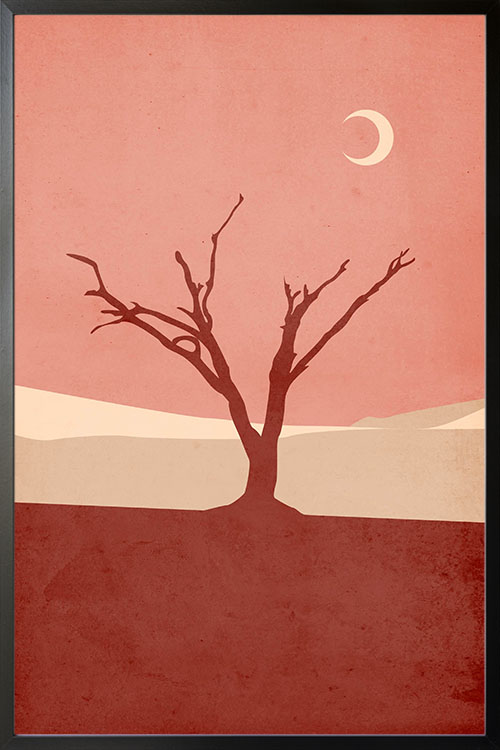
A unique and interesting poster of a desert in warm colors. Create a fun and exciting wall art that features one of the wonderful landscapes on the planet. A poster art that shows the beauty of nature and the vastness of the desert will easily and instantly create a room focal point that will capture the interests of your family and friends.
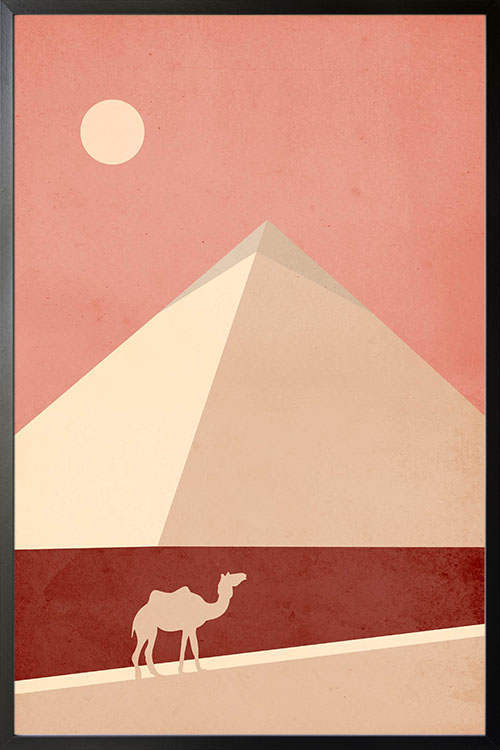
A unique and interesting poster of a desert in warm colors. Create a fun and exciting wall art that features one of the wonderful landscapes on the planet. A poster art that shows the beauty of the pyramid and the grandiose of the desert will easily and instantly create a room focal point that will capture the interests of your family and friends.
A home that has a welcoming atmosphere is usually seen with art in every room. However, choosing the right art is a challenge to many homeowners. There are many factors to consider when choosing art, and questions as well. Examples are the colors, theme, patterns, and others. These have great effects on the overall appearance of any living space. It is therefore important to choose the art according to the preference of the homeowner or designer. Sometimes, the perfect art is not out there! This is when personalized art comes to play. There are also many reasons why personalized art is preferred by many people rather than traditional ones.
Art is not cheap. We all know that. The question is, why buy the original when you can get a poster that can also give the same impact. Displaying artwork in your home helps you stand out from any ordinary home. Art adds character that cannot be seen with other home decorations. By rule of thumb, you should hang pieces that mean something to you. There are different themes to choose from that are appropriate to every room.
When it comes to health, there’s a mental health benefit that can be enjoyed from the display of artwork. For instance, having a landscape image displayed in the living room can give you a scene to look at when you need to relax at the end of the day.
Hanging artwork can also have the benefit to your resale value. A placed artwork can better communicate a story to a prospective buyer. The artwork can create a deep connection and can bring a sense of class to a home.
Personalized artwork lets your personality shine. The art cannot be easily bought from any store. Having personalized art means that you have to work with the artist in creating artwork that actually has meaning to you. This type of art strongly represents who and what you are. Just like the personalized framed poster given to some friends of Artdesign, such as Heart and Chiz Escudero, and Randy Santiago.
It is common to display art or create wall art about your likings and interests. For instance, if you are into sports, the art that you display is sports-related, like the image of your favorite athlete, sport, and recent sporting events.
Moreover, personalized art can initiate a conversation with your guests. Imagine inviting some friends and colleagues over to your home for a barbecue or cocktail party. Seeing art that is not common can be a conversation starter among them.
Just like in any other art, personalized art can also have a theme. You may ask the artist to add or lessen some elements such as colors, hues, shade, size, and others. These depend of course on your preferences. Another good thing about personalized art is that it can be displayed in any room. In the bedroom, for instance, the art can be the focal point of the room that will likewise give the room a unique and remarkable transformation.
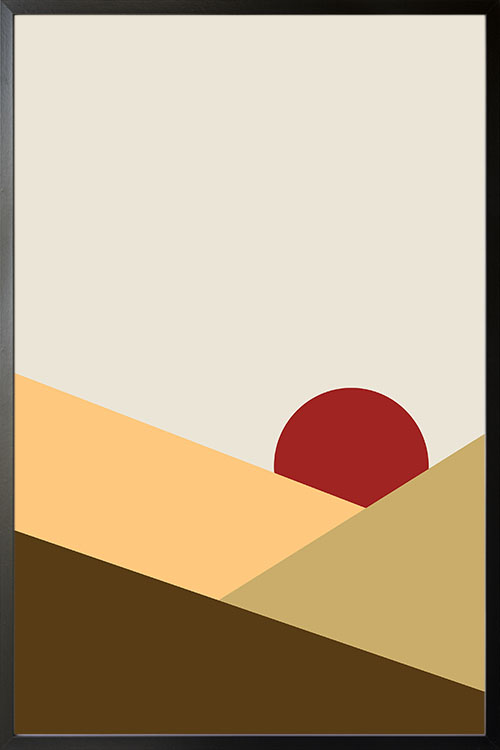
A landscape view in abstract form. Display a scenic view of the mountains in interesting colors for a cool and vibrant room environment. This print will make any bare wall look fun and interesting. As simple as it may appear, the art evokes a lively mood that will be enjoyed by your family.
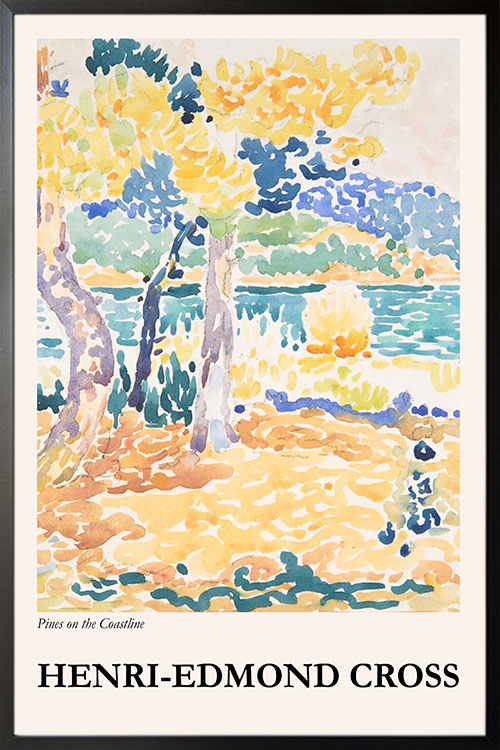
Henri-Edmond Cross was a French painter and printmaker and was one of the most acclaimed masters of Neo-Impressionism. He is also known for being a great influence on many artists, especially Henri Matisse, as well as to the development of Fauvism.
He was born in the commune of Douai in northern France and the only child of Alcide Delacroix and Fanny Woollett. Henri-Edmond Cross studied under Carolus-Duran, Francois Bonvin, and Alphonse Colas. When he moved back to Paris in 1881, he enrolled at the Ecole des Beaus-Arts to work with Emile Dupont-Zipcy.
It was in 1881 that Cross began painting and exhibited his work for the first time at the Salon des Artistes Francais. During his early years as an artist, he met with several artists who have influenced him immensely with his works. Some of the key personalities were Paul Signac and Claude Monet. Henri-Edmond Cross was one of the founders of the Societe des Artistes Indepemdats, which is known for having members of avant-garde artists. Through this group, Cross met other artists such as the pioneer of Neo-Impressionism Georges Seurat.
A decade later, Cross created paintings using the Neo-Impressionist technique that he is best known today. One of his famous works, Madame Hector France, portrays his lover Irma Clare which he married in 1893. Together with Paul Signac, the two hosted other artists such as Henri Matisse and Andre Derain. The two artists also developed a technique that used broader brushstrokes to create a looser version of Pointillism. This technique, later on, became known as the second generation Neo-Impressionism.
During his older years, Cross began experimenting with styles with watercolors painted in front of nature. With his newly discovered style, he boasted to his colleagues that he somehow felt freedom and enjoyment. In 1905, he had his first solo exhibition at Galerie Druet in Paris in which 30 paintings and 30 watercolors were exhibited. Impressively, Cross was gaining popularity and became productive even before his demise due to cancer.
Even though Cross lived and became popular in the late 19th century, he had a great influence on younger painters in the following century. His abstract and expressive use of pure color had a significant impact on the group of artists who later on became known as Fauves. The exhibits, like the one held at the Musee des Impressionnismes, Giverny in 2018, were also significant in the development of 20th-century modernism. Some of the popular works that can be seen framed and displayed in many places these days have titles like, Women Tying the Vine, Madame Hector France, Evening Air, Landscape, The Flight of the Nymphs, Pines on the Coastline, and Pines Along the Shore.
It is common to see paintings displayed in anyone’s home. These artworks are perfect if you want to have a personalized room atmosphere. There are tons of paintings to choose from and many of them will add pops of colors. What makes them more interesting is that they can set the mood and create a theme that will make any living space look amazing. Even modern homes deserve a touch of classic. This can be achieved with the display of classic art like the works of Henri-Edmond Cross. A large-scale framed art can instantly be the focal point of any room. Be unique and make your wall look lovely.
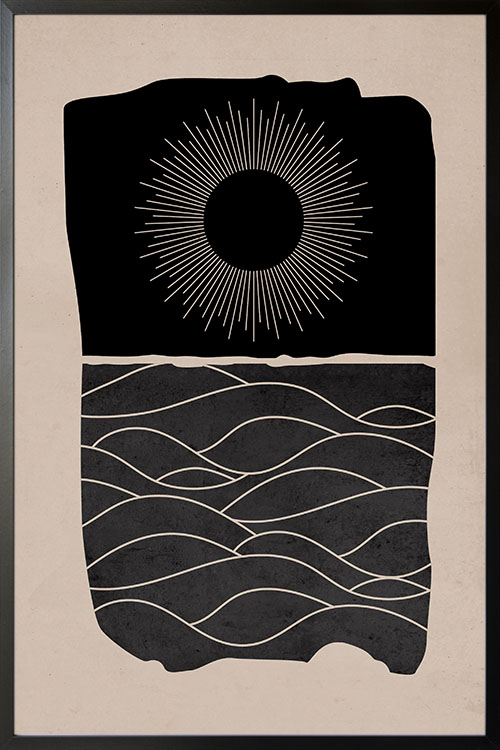
Simple yet compelling poster design of the sun and landscape. Create a cool and fantastic wall wall design with a poster from the Art Prints collection of Artdesign. This poster will instantly make your walls look impressive and captivating. With this trendy art displayed, you will have an appealing focal point that your guests will love.
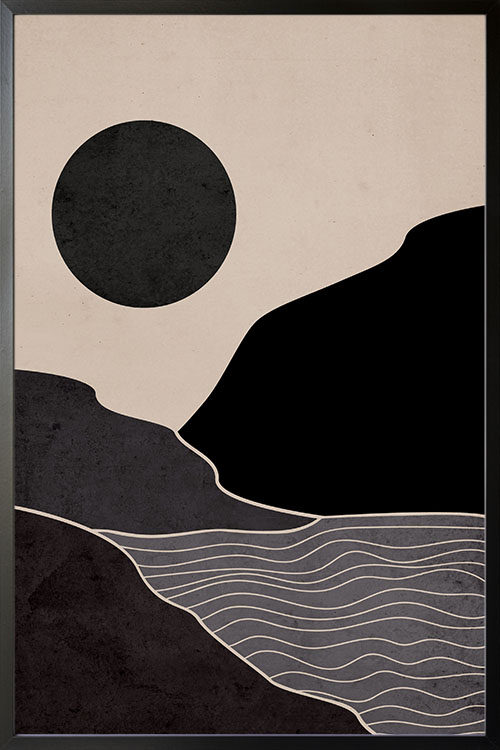
Create a nature-inspired room with a landscape poster. This print has a fantastic design that will instantly boost the overall appearance of your rooms. The image of a valley even creates stories of adventure that you can share with your kids.

In every home, blank walls may be considered to be a sign of emptiness and loneliness. Though some people may disagree with this. However, it is an eyesore having to stare at blank walls and it may leave a bad impression on your visitors. These days, wall arts are becoming a necessity in every home. Many designers would often agree that a wall without a nice and personalized wall art is like an artist without creativity.
Valuable wall art makes any wall look fun and exciting. Say goodbye to boredom as every home with personalized wall art will have a vibrant and dynamic room atmosphere. Styling your wall with paint is a thing of the past. With carefully selected pieces, you will have the interior appearance of your dreams. Though sometimes choosing the right pieces may be quite a challenge since they need to blend well with the overall style of your home. Read on to know about the advantages of having good personalized wall art.
Every room requires a focal point that captures the attention of your family and guests. A fine and valuable wall art reflects everything of who and what you are. Take for instance a framed poster of a landscape or seascape. Scenes like these can boost the appearance of the room and can be called your very own.
If you get the chance to visit classrooms these days, you will notice that the walls are covered with posters. This is so that students may not feel lazy or sleepy. They will have something to look at and can somehow stimulate their mind and interests. The right wall art can set the mood in the room where you can relax, dream, and imagine. Wall art also helps in transforming any depressing environment into a lively place.
The wall arts on your walls are all about your interests. For instance, your interests are in sport or any outdoor escapades. The wall art that you create somehow tells your story uniquely and interestingly. As such, you must choose the pieces carefully and according to your preferences.
Tired of the routine and boring conversations? Experts believe that if you share the same interest with someone, you will be able to initiate a conversation that may last long. As such, it should be fun and engaging. Personalized wall art is a great conversation starter.
Wall art decorations help you to pick the colors of the paint to complete the beauty of your place. With wall art, you will now have the complete picture of what colors to add to your room. With the wall art in place, the process of choosing the right color palette will be easier than usual. With the use of framed personalized art, the color palette of your room can be chosen according to the colors that are seen in the art. For instance, art that has cool colors mean that the palette may be in blue, green, or any other cool hues. The bedroom for instance can be dominated with cool colors for a more relaxing and comfortable ambiance.